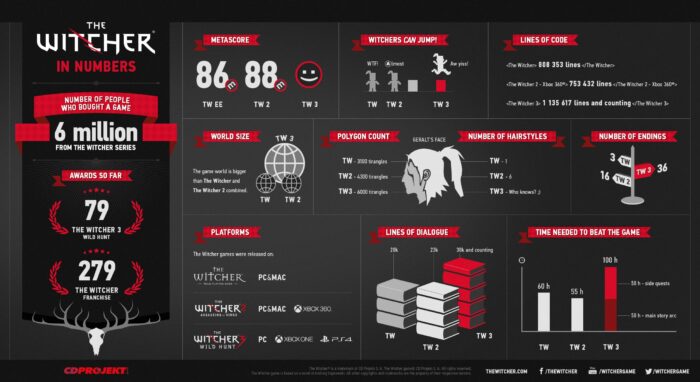15 Biggest SEO Mistakes to Avoid in 2022
As someone who started in SEO at 16 years of age and engaged in a lot of SEO campaigns, I’ve fallen into many mistakes.
And I’m here to share my experience with you. The biggest SEO mistakes to avoid at all costs.
Common SEO pitfalls that you’re going to fall into if you’re not aware of them.
So, let’s get straight into this…
Mistake 1: Not optimising the Meta title, H1 and URL
If you’re not optimising the meta title, H1 and URL, then you’re leaving some serious SEO power on the table. These 3 are often referred to as the 3 Kings because of their incredible importance.
After years of doing SEO, I’ve found that the most critical ranking signal is having your target keyword inside of the meta title, also referred to as the Google title.
The H1 has the 2nd highest ranking impact so you should include your target keyword in there. Also, be sure to have only a single H1 title on your page, it doesn’t make sense having multiple H1 titles. That’s like the same book having multiple titles, keep it to one.
And your target keyword should also be in the URL. This will give you another boost in the rankings. If you’ve already published the pages and want to change the URL to something else. Make sure to add a 301 redirect, this will ensure you don’t have any broken pages and your backlinks are being used effectively.
Just by making this simple tweak, I’ve seen my pages go from the bottom position to 1st in less than an hour. It’s really that powerful!
Mistake 2: Not doing keyword research
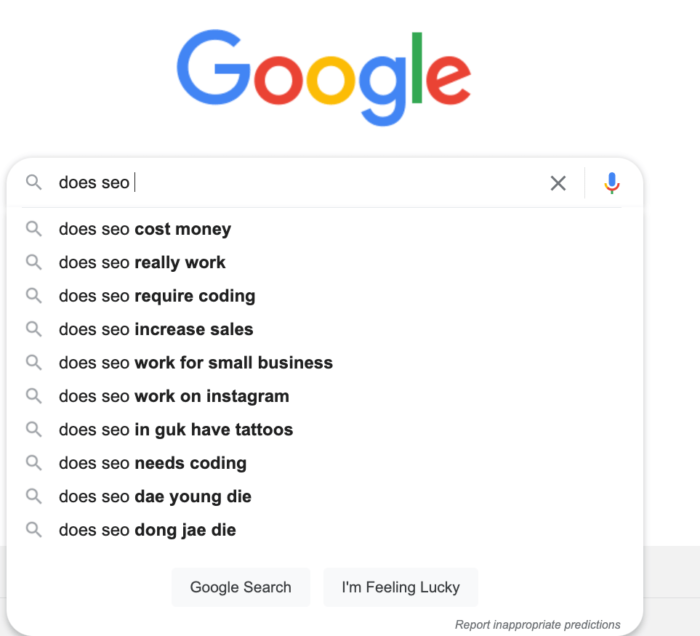
Not doing keyword research is like shooting an arrow in the dark. You have no idea what you’re aiming at or what your goal is.
Keyword research is finding search terms related to your business. For example, if you’re a bodybuilding website that sells protein powder, a great target keyword for you could be “Vegan Protein Shakes”.
If you were a dentist in London, your target keyword could be “Teeth Whitening London”.
How do I do keyword research?
There are many methods of doing keyword research, my favourite is the Google Auto Suggest method. You type in a topic related to your business and see what Google suggests. If Google suggests something/finishes a search, that means people have already searched this.
So this is a data driven way to find keywords to target.
Mistake 3: Not going all in on content
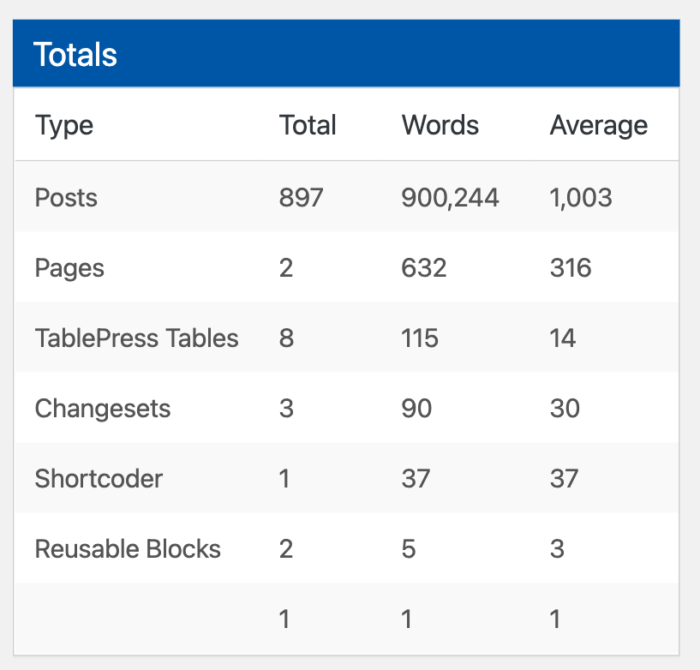
If you’ve done any SEO reading, you’ve probably found that everyone says SEO is King and that’s for a good reason.
Google’s search engine business model is based on scraping content from different websites and listing them in the most relevant and effective way possible. It’s a way to neatly organise the internet.
And the only way they can keep on improving search results is to have more content to analyse and choose from. People constantly have new queries about different topics, many of them are unanswered.
This is your opportunity to gobble up all this search traffic and it’s done by producing more content. You’re essentially creating more hooks, more gateways for people to enter your website.
HOWEVER…
Do not just hit publish for the sake of publishing. If the content is low quality, it will never rank. Make sure to put effort into what you’re writing. The best question you can ask yourself is, “How can I make this an even better resource for readers?”

Mistake 4: Not understanding how many words you need

One of the most common mistakes I see many writers make is not publishing enough words. It’s often just 500 – 800 word blog posts.
Now, if that’s all that is required, then it’s fine. Let’s take the weather for example. If someone searches up “What’s the weather like?” They don’t want some big blog post. Just give them what they want as quickly as possible.
HOWEVER…
A lot of the time, more than 500 – 800 words is required.
Simply type the target keyword you’re going after and see how many words the top 10 results have and find an average from there.
This is a great way to understand how many words you need to rank because those pages are already ranking and getting traffic from Google.
Next time you create a post, make sure to look up the word count, there’s no point in publishing a post just for the sake of it. It’s just a big waste of time and resources. And if the client knew about this, they wouldn’t be happy.
Mistake 5: Having dates and numbers inside the URL
Having a date in the URL is a great way to tell users and search engines that you’re going to be irrelevant in a few days, therefore, please don’t rank me.
Let’s say you have an epic guide on how to build a gaming PC. But it was published last year and the date was shown to users. VS pages that did not show the date or an earlier date than yours.
Who do you think is going to get the clicks?
Not your result, that’s for sure. Why? Because in the user’s mind you’re irrelevant.
So make sure to take dates out of the URL.
Let’s say you create a guide on “The Top 10 Tips for Gaming on PC” and you update the post to 15 tips. It’s still going to show in your URL that this page has 10 tips.
It’s going to look a little off to users. A better, cleaner and user-friendly URL would be “/tips-for-gaming-on-PC”.
It’s easier to read because it’s shorter and there aren’t any numbers to confuse. Keep it simple!
Mistake 6: Not understanding the buyer journey

Understanding the buyer journey will help you understand the user’s intent. There are 3 basic stages of the buyer journey.
- Awareness stage
- Consideration stage
- Decision stage
In stage one, let’s say someone is struggling to put on muscle and they Google “how to put on muscle” and are presented with different options.
In stage two they now research these different options to put on muscle. They’re presented with protein shakes, in order to put on muscle, BCAA pills and creatine. They could Google “best protein shakes for muscle growth”.
And in stage three, they make the decision on which option they’d like to go with. They decide on going with the protein shake option and pick one of the products that an article suggests.
When doing keyword research, mapping the keyword to a decision of the buyer journey will help you understand the intent. It will help understand what are the most profitable keywords because you know how the user will react.
Mistake 7: Not inserting a keyword in your Google My Business
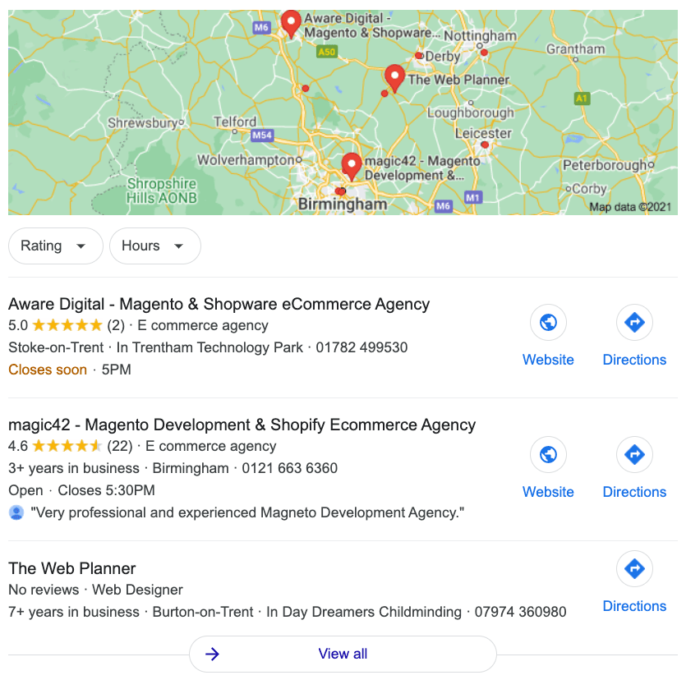
If you’re a dessert shop, plumber or any sort of local business, Google My Business is most likely going to get you the most customers. This is due to the fact that queries such as “Dentists in Stoke” often come up with the local Google My Business results first.
There are different ways to appear high in the search results and one of them is by inserting keywords into the “Business Name”. It should be “[Business Name] [Target Keyword]”.
For example, “Britannia Works – Plumbers Derby”, “Core Design – Web Designer Manchester” and “Waterstones – Book Store London”.
Simply having the keyword you want to rank for in your Google My Business title will give you a boost.
Mistake 8: Buying cheap backlinks
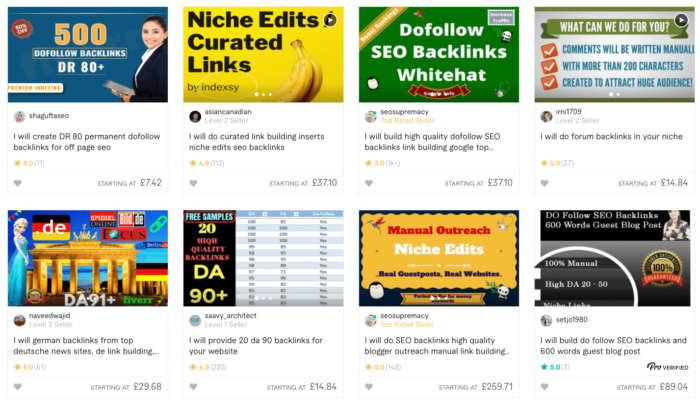
Even though it’s frowned upon, buying backlinks does work, no matter how many SEOs like to bash the idea.
However, cheap backlink packages should be avoided at all costs. If it’s too good to be true, it probably is. You may have been on a service based website like Fiverr and found cheap backlinking packages that promise 1st positions.
Trust me, don’t do it. How do I know? Because when I first started doing SEO, I bought cheap backlinks and I never ranked.
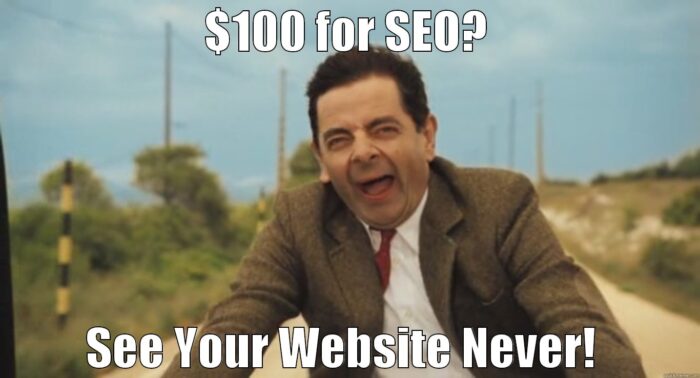
I wouldn’t even buy backlinks from a vendor because they’re so overpriced. Instead, do manual outreach yourself. It’s more work but much cheaper.
Mistake 9: Not building topical relevance
Let’s say you’ve just published an article on “Best Protein Powders for Skinny Guys” but you’ve never talked about protein powders or skinny guys on your site before. VS other websites going after “Best Protein Powders for Skinny Guys” as well but they’ve actually published posts related to protein powders and skinny guys.
Do you think you’re going to be able to compete with them? ‘Course not. Your site has no topical relevance.
So if you’re going after a keyword, make sure you’ve talked about that topic before. Build up topical relevance if you’re serious about ranking and banking.
Mistake 10: Giving up on link outreach

Building backlinks is the most tedious part of SEO. There’s so much time that goes into it and very little results.
Even if you’re utilising these so-called top SEO backlinking methods by people like Neil Patel.
Psst!: A lot of Neil Patel’s content is just there to promote his tool Ubbersugest and the advice kinda sucks.
Create a list of sites that are related to yours but not exactly the same. For example, if your site is all about selling gaming PC parts, you’re going to have an extremely tough time getting backlinks from sites that also sell gaming PC parts.
Instead reach out to video game sites, tech sites and entertainment sites. They’re all still related and you don’t have to directly compete with them.
EPIC TIME SAVING TIP!: Go into Facebook guest posts and blogging groups. Put up a post that you want guest posting sites in a particular niche. Make sure to audit the sites to make sure they’re good.
Mistake 11: Including tags inside of posts/pages

If you’re including tags, keep in mind that tags generate new URLs, this can cause keyword cannibalization issues.
For example, let’s say you’re going after the keyword, “best protein bar for bulking” and you include that keyword in the tags. This will generate a page that’s also targeting the keyword.
I did this a few years ago and could not figure out why I wasn’t ranking even though I did really good on-page optimization.
I put the keywords inside of a rank tracking software and found that the tagged version of the pages was ranking instead of the actual page I wanted to rank.
I deleted the tags and the issue was resolved. If you absolutely need tags, then make sure tags do not generate a new URL or they have a canonical tag to avoid keyword cannibalization.
Mistake 12: Underestimating the power of multimedia
Your users don’t want to read a big block of text, break it up and add some multimedia. Insert images and videos to help add some life to the page and further your point.
An infographic is a great way to drive your point home.
From testing, if you don’t have at least one piece of multimedia on your page, your rankings will progress at a much slower rate than if you actually had multimedia.
Mistake 13: Not internally linking
If you’re not internally linking your pages, you’re leaving money on the table. Internal links are great for directing users to your other pieces of content for them to check out. This will help move them along the buyer journey, see more ads and get them more familiar with your products.
Let’s say that throughout your website, there are some pages that are linked to the most. Google is going to think they’re incredibly important because they’re constantly being linked to.
When internally linking, make sure to use a rich anchor text. Rich anchor text has the exact match or variation of the keyword you want to rank for as the link.
For example, an internal link with a rich anchor text to this page would be SEO mistakes to avoid.
Mistake 14: Not updating content
One of the easiest and quickest ways to drive more traffic is updating old content. Go back and improve old posts. Afterall, information can change as time goes on.
One strategy I love to use is to go to Google Search Console, find my most popular pages and improve them further.
Squeezing more juice out of your already performing pages is a great way to keep on winning.
Mistake 15: Not reducing image file size

A very easy and common way that pages slow down is having large image sizes. 1MB is a gigantic image and should be nowhere near that number. I ideally aim for around 100KB for my image sizes.
Use a simple image shrinking tool to fix this.
Mistake 16: Treating SEO as a quick strategy

Many people jump into SEO thinking they will get results within the next month or two when in reality it’s a long term game.
SEO is one of the most profitable marketing avenues you can take. Afterall, you’re not paying for clicks.
SEO is like growing a tree. You plant a seed and pour a lot of your resources into growing it. Giving it your time, love and attention. And after a couple of years, you no longer need to keep watering it. It will grow on its own without your input.
Bringing you customers for years to come. It takes a while to build up your website’s authority but it’s well worth the effort.
Bonus Mistake: Green lights won’t bring you SEO benefits
If you’ve got a WordPress plugin like Rank Math or Yoast SEO, they show green lights as a positive sign for SEO.
Know that just because you get these green lights does not mean it’s going to improve your SEO.
And one last thing from Yoda…

